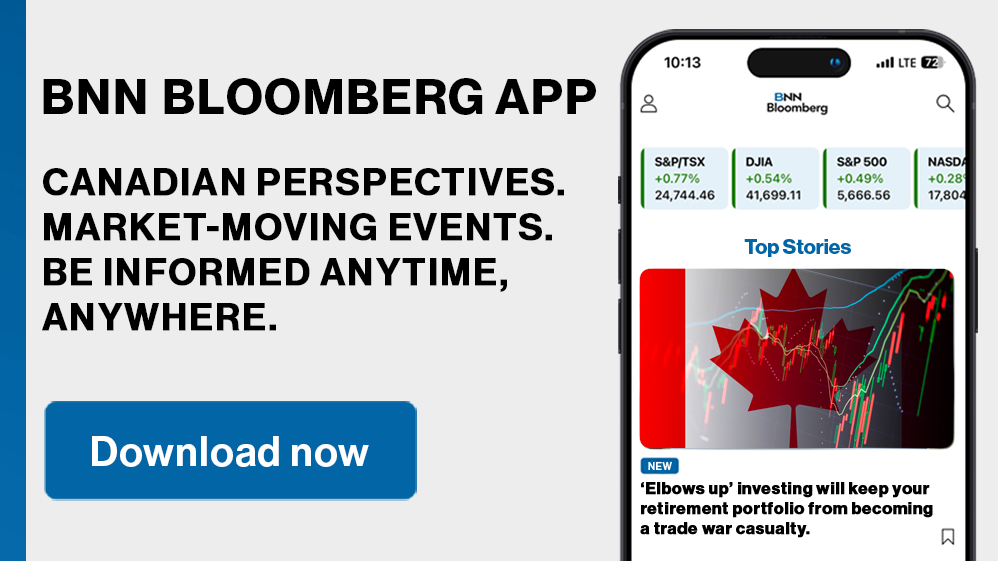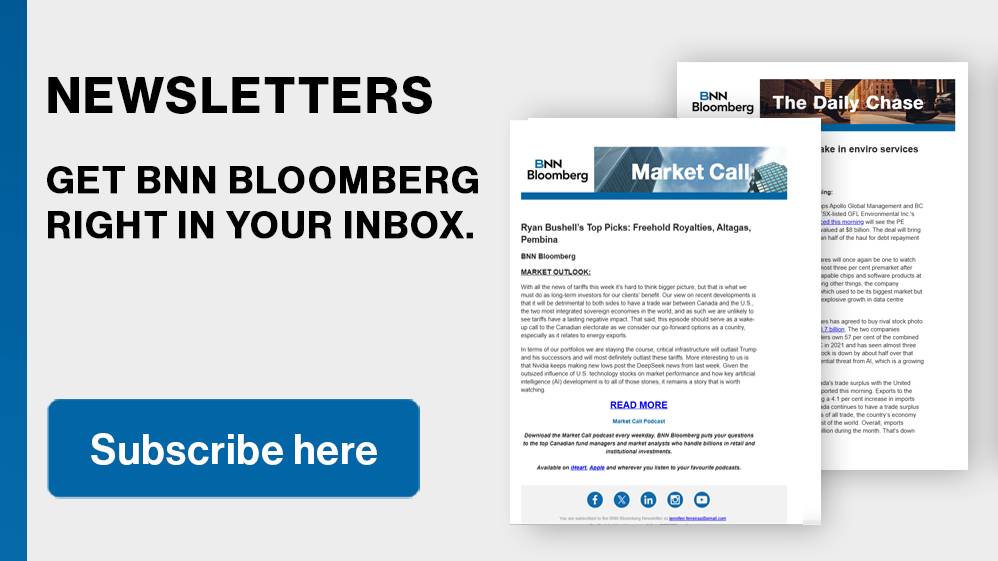Over the past 10 days, the odds of Donald Trump becoming U.S. President have increased. This has implications down ticket to be sure, but it’s too close to call in the swing state battle grounds.
We think the best outcome for markets overall is likely “gridlock” with a Kamala Harris White House and a GOP Congress. Given the dire long-term fiscal outlook, gridlock would likely see more continuing resolutions, less dramatic tax policy that could worsen the fiscal outlook, and generally less government footprint in general.
It’s virtually impossible that we get a Democratic sweep based on state-level polling, but a GOP sweep is a real possibility. To us, that might be the worse outcome for bonds and inflation. For asset prices, cost of capital matters and while we are not talking about supply shortage inflation like the post-COVID-19 period, we would be looking at higher demand side inflation.
Fighting that inflation would lead to a higher for longer outcome, a slower pace of U.S. Federal Reserve easing and likely lower equity multiples.
Stan Druckenmiller (I’m a fan) was on Bloomberg TV last week remarking how the markets are recently starting to price in a Trump win. He went out of his way to say he would not be voting for either candidate.
This chart shows the total U.S. stock market return with the basket of stocks that would benefit from a Trump win and those that would not. Since U.S. President Joe Biden dropped out of the race on July 21, both baskets have lagged markets overall.
To me, this suggests a split outcome rather than a sweep outcome with broader markets doing better than companies that would benefit from specific GOP policies.

When we look at a long Trump winner/short Trump loser basket, this is more of what Druckenmiller was likely referring to with his comments last week.
Some examples here would be old energy versus new energy and companies that would benefit from taxes not rising and lower regulations.

When we look at the live betting markets – this is where traders are literally betting on the election outcome and not on the stocks that would be influenced by the outcome – Trump has pulled ahead in recent weeks.
I would argue that there is a slight GOP bias in the market given that more trader types that would play these markets are more likely to be GOP voters than Democrat voters. So, I would slightly discount the bias in this market, but it should not be ignored.

Nate Silver’s 538 is forecasting Trump ahead now in the Electoral College with that shift also in recent days, but outcomes fall well within the “too close to call” column.
For what it’s worth, Silver has been wrong about many election outcomes over the years.

But what does matter more is who controls congress, because that primarily drives how budgets/deficits are allocated.
Here is where the Senate almost certainly goes GOP with Manchin retiring and Sinema (now independent, but leans Democrat) less supportive.

For the lower house, the GOP likely takes it by a very slight margin, but here too, it’s too close to call.

So, while congress controls the fiscal purse and looks to be tilting full GOP, it will be close to be sure, and far from a mandate from voters. But the odds of a GOP sweep have increased in recent days and may be the biggest risk for markets.
If we get a sweep, at least initially, the markets will probably like the tax cut promises and lower regulation likely under Trump, but the deficit/debt outlook is tragic longer-term and that is likely much worse under a GOP sweep.
If there is a surprise here for markets it might be a Republican sweep. Recall in 2016 a Trump win was thought to be tragic on election night (and S&P futures initially went limit down) and markets rallied in 2017 on a policy of tax cuts and less regulation.
We would not be surprised this time to see a rally in futures on a GOP sweep followed by a take-profits trade with equity markets already pricing in a near perfect economic landing. In 2017, inflation and debt were not issues, but today they might be the most important for asset prices in the long-term.
Trump’s policies are worse for the deficit and the inflation outlook and that will likely matter. Will it in the days after the election? Well, if we knew that, we’d likely make a lot of money.
We’d look to take some money off the table in a post-election rally rather than get too excited by some of the seasonal calls for 6,000-6,200 we are now hearing about.
If the U.S. 10-year yield gets back above 4.75 per cent, that’s where the long end of the Treasury curve gets attractive again for playing the recession trade.
Follow Larry:
YouTube: LarryBermanOfficial
Twitter: @LarryBermanETF
LinkedIn: LarryBerman












